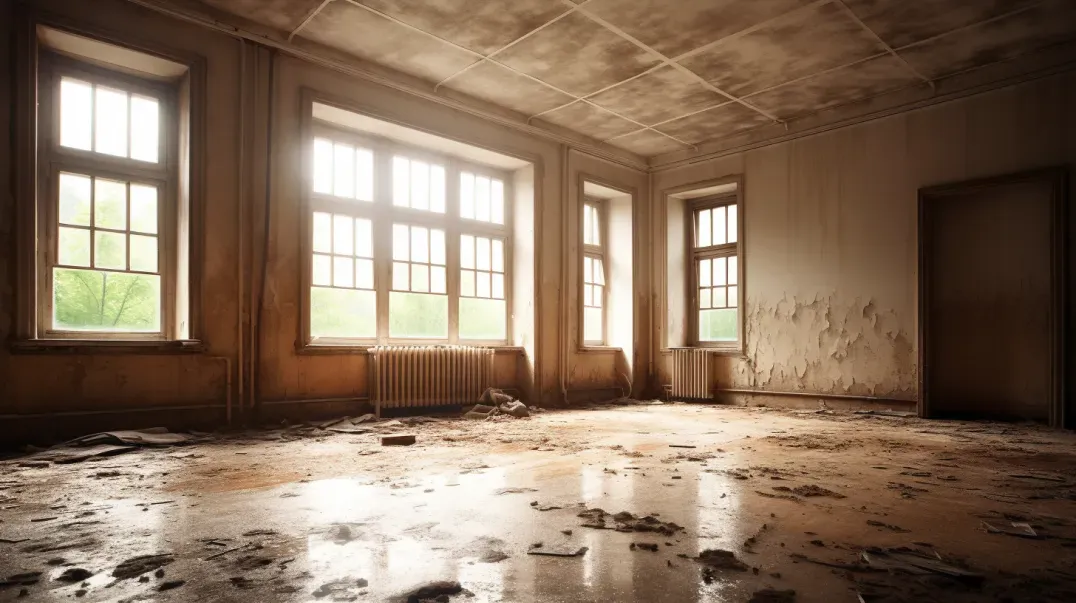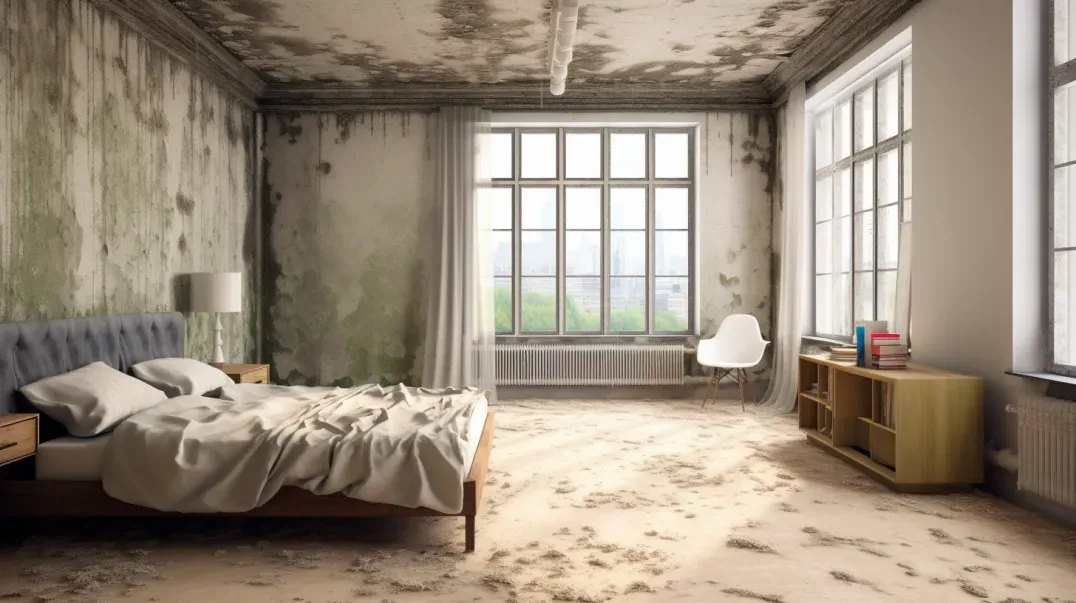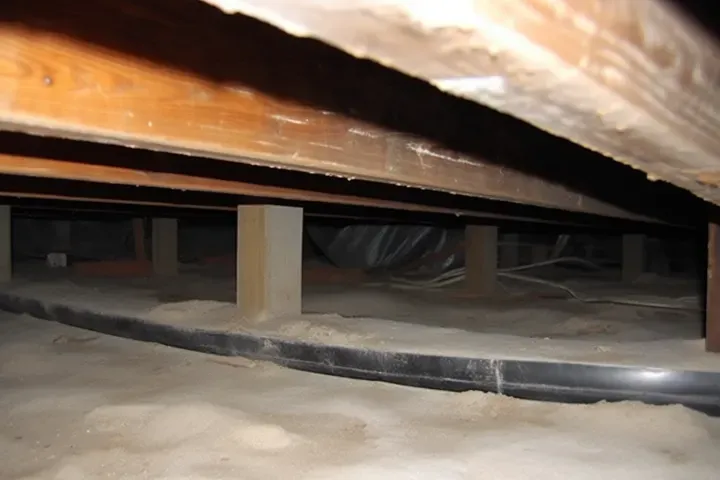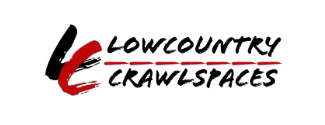Mold Growth Patterns and Identification
Welcome to our comprehensive exploration of mold, a ubiquitous yet often misunderstood presence in both our homes and the environment. Mold, a simple yet intricate organism, plays a dual role in our world – it's both a necessary component of nature's recycling system and a potential health hazard in our living spaces.
Understanding Mold: More Than Just a Spot on the Wall
Mold is not just a random occurrence; it's a living organism with a vital role in the ecosystem. It breaks down dead organic matter, contributing to the nutrient cycle. However, when it invades our homes, it can become a concern. This blog aims to demystify mold, shedding light on its nature, varieties, and the conditions under which it thrives.
The Significance of Recognizing Various Mold Types
Mold is not a one-size-fits-all issue. Various types of mold exist, each with unique characteristics and implications for our health and homes. Understanding these differences is crucial for effective mold management and maintaining a healthy living environment. We will delve into the most common types of household molds, their identifying features, and why recognizing them is a step towards better home health.
Growth Patterns: The Clue to Managing Mold
Mold growth is influenced by various factors, including moisture, temperature, and organic material availability. By comprehending these growth patterns, we can better predict and prevent mold proliferation in our homes. This section of the blog will guide you through the typical conditions that foster mold growth and practical tips to keep your home mold-free.
Join us as we navigate the world of mold, equipping you with the knowledge to identify, understand, and effectively manage this common yet complex household and environmental issue.
This introduction aims to provide a clear, engaging, and informative overview of the blog's content, adhering to the principles of high-quality content as outlined in the Search Quality Evaluator Guidelines. It establishes the blog's relevance, expertise, and trustworthiness, addressing the user's potential search intent and informational needs.
The Basics of Mold Growth
Understanding mold growth is essential for effectively managing it in our homes and environments. This section delves into the fundamental aspects of mold, including its nature and the conditions that favor its growth.
What is Mold?
Mold is a type of fungus, comprising an extensive family of species that play a crucial role in nature's decomposition process. Unlike plants that rely on photosynthesis, molds thrive by breaking down and absorbing nutrients from the organic materials they grow on. This characteristic makes them essential decomposers in ecological systems.
Biological Nature: Mold is made up of microscopic spores that can be found almost everywhere, both indoors and outdoors. These spores are so tiny that they float through the air and can easily invade homes through windows, doors, or even hitch a ride on clothing and pets.
Common Types: There are thousands of mold species, but some of the most common household molds include Aspergillus, often found on foods and in air conditioning systems; Cladosporium, typically seen on fabrics and wood surfaces; and Stachybotrys, commonly known as black mold, which can grow in damp areas.
Conditions Favoring Mold Growth
Mold growth in homes is not just unsightly but can also pose health risks. Understanding the conditions that promote mold growth is key to preventing its occurrence.
Moisture: The most critical factor for mold growth is moisture. Mold spores need wet or damp environments to start growing and proliferating. Common sources of moisture in homes include leaky roofs, windows, pipes, or areas with flooding.
Temperature: Most molds thrive in temperatures that are comfortable for humans, typically between 60 and 80 degrees Fahrenheit. This makes our homes an ideal breeding ground for these fungi.
Organic Material: Mold feeds on organic material. In homes, this includes wood, paper, carpet, foods, and insulation. Anywhere these materials are present and moist, mold has the potential to grow.
By understanding what mold is and the conditions that favor its growth, homeowners can be better equipped to prevent and control mold in their living spaces.
Identifying Common Mold Growth Patterns
Recognizing where and how mold grows is crucial in managing and preventing its spread in our homes and buildings. This section focuses on common locations for mold growth and typical patterns that mold exhibits in various environments.
Typical Mold Growth Locations
Mold can grow in numerous places around the home, often in areas that are damp, humid, and poorly ventilated. Understanding these common locations can help in early detection and prevention.
Bathrooms and Kitchens: Due to the high humidity and presence of water, bathrooms and kitchens are common places for mold growth. Look for mold in grout lines of tiles, around sinks, near plumbing fixtures, and in any areas with leaks or standing water.
Basements and Crawl Spaces: These areas are prone to mold growth due to their tendency to be damp and poorly ventilated. Mold can grow on walls, flooring, insulation, or any organic material stored in these spaces.
Windows and Door Frames: Condensation on windows and door frames can provide enough moisture for mold to grow, especially in older buildings with poor insulation.
Air Conditioning and Heating Systems: HVAC systems can harbor mold spores and distribute them throughout the building. Regular maintenance and cleaning of these systems are important to prevent mold growth.
Recognizing Mold Growth Patterns
Mold growth can vary in appearance, depending on the type of mold and the conditions in which it grows.
Appearance: Mold typically appears as a fuzzy or slimy layer, varying in color from black, green, white, or even red. It can look like a stain or discoloration on a surface and may have a musty odor.
Patterns: Mold growth often starts in small patches and can spread across large areas if conditions are favorable. It may grow in circular patterns, especially on walls and ceilings, or in irregular shapes in grout lines or corners.
Surface Growth vs. Deep Infestation: Surface mold growth is often visible and easier to clean. However, deep infestation within walls or under flooring requires professional remediation.
By being aware of typical mold growth locations and patterns, homeowners and building managers can take proactive steps to inspect these areas regularly and address any mold issues promptly.
Types of Mold and Their Unique Characteristics
Mold is not a singular entity but a diverse group of fungi, each with unique characteristics. Understanding these differences is key to effective identification and management. This section introduces common indoor mold types and offers guidance on their visual and textural identification.
Common Indoor Mold Types
Several types of mold are commonly found indoors, each with specific characteristics and potential impacts on health and property.
Aspergillus: This is a common mold type found in households, often seen on foods and in air systems. It can appear in various colors, including green, white, or black. Aspergillus is known for its potential to cause respiratory issues, particularly in those with weakened immune systems.
Cladosporium: Typically found on fabrics, wood surfaces, and damp areas, Cladosporium is characterized by its black or green color. It's known for causing allergic reactions and respiratory problems.
Stachybotrys: Often referred to as "black mold," Stachybotrys is particularly concerning due to its potential health effects. It thrives in continuously damp, humid areas like leaky walls or floors. This mold is usually black and can cause a range of health issues, from allergic reactions to more severe health problems.
Visual and Textural Identification
Identifying mold types can be done through careful observation of their visual and textural characteristics.
Visual Characteristics:
- Aspergillus often appears in powdery textures and can be various colors.
- Cladosporium manifests as black or green spots, often resembling pepper grains.
- Stachybotrys is typically black and can look slimy.
Texture:
- Aspergillus has a fluffy or powdery texture.
- Cladosporium feels suede-like or velvety.
- Stachybotrys is slimy to the touch, especially when wet.
Growth Patterns:
- Aspergillus tends to grow in thick layers.
- Cladosporium often forms in small spots that can spread quickly.
- Stachybotrys usually grows in concentrated areas and may be surrounded by a musty odor.
Understanding these visual and textural differences is crucial for homeowners and professionals in identifying the type of mold present and determining the appropriate course of action for remediation.
Health Implications of Different Mold Types
Mold in our living environments can have varying impacts on health, depending on the type of mold and the individual's susceptibility. This section explores the potential health risks associated with different types of mold and highlights populations that may be more vulnerable to mold-related health issues.
Potential Health Risks
Different types of mold can pose various health risks, ranging from mild allergic reactions to more severe respiratory conditions.
- Allergic Reactions: Many people are allergic to molds. Symptoms can include sneezing, runny nose, red eyes, and skin rash (dermatitis). Molds can also trigger asthma attacks in people with asthma who are allergic to mold.
- Respiratory Issues: Exposure to certain molds, such as Aspergillus, can lead to respiratory infections or worsen conditions like asthma and chronic obstructive pulmonary disease (COPD).
- Toxic Effects: Some molds, like Stachybotrys chartarum (black mold), produce mycotoxins that can be harmful, especially when inhaled over a prolonged period. These toxins can lead to more serious health issues, including neurological problems and, in extreme cases, death.
- Infections: People with weakened immune systems, such as those undergoing chemotherapy, those with HIV/AIDS, or transplant recipients, are more susceptible to mold infections.
Vulnerable Populations
Certain groups of people are more susceptible to mold-related health issues due to various factors like age, health status, and immune system strength.
- Children and Infants: Young children and infants have developing respiratory systems and are more susceptible to mold's harmful effects, potentially leading to asthma and other respiratory conditions.
- Elderly Individuals: Older adults often have weaker immune systems and pre-existing health conditions, making them more vulnerable to the effects of mold exposure.
- Individuals with Respiratory Conditions: People with asthma, allergies, or other respiratory conditions are more likely to experience exacerbated symptoms when exposed to mold.
- Immunocompromised Individuals: Those with weakened immune systems, due to conditions like HIV/AIDS, cancer treatments, or organ transplants, are at a higher risk of severe mold infections.
Understanding the health implications of different mold types and recognizing the populations at greater risk can guide in taking appropriate measures to mitigate exposure and protect health.
Advanced Mold Identification Techniques
Accurate identification of mold types and levels is crucial for effective remediation and maintaining a healthy living environment. This section introduces advanced techniques for mold identification, including professional testing and DIY methods.
Professional Testing and Analysis
Professional mold testing and analysis are critical for accurately identifying mold types and concentrations, especially in cases of severe infestations or health concerns.
Types of Professional Tests:
- Air Sampling: This method tests the concentration of mold spores in the indoor air. Samples are collected and analyzed to determine the types and levels of mold present.
- Surface Testing: This involves taking samples from household surfaces to test for mold growth. It helps in identifying the specific mold species growing in the home.
- Bulk Testing: Bulk samples of materials from the home are taken to a lab to check for mold presence, offering a comprehensive analysis of the infestation.
Benefits of Professional Testing:
- Accurate Identification: Professionals use advanced techniques to accurately identify mold types, which is crucial for effective remediation.
- Health and Safety: Professional testing is essential in situations where health concerns are present, as certain mold types can be harmful.
- Comprehensive Analysis: Experts can provide a detailed analysis of mold issues, including the source and extent of the growth.
DIY Mold Testing Kits
DIY mold testing kits are a popular option for homeowners who want to conduct preliminary mold assessments themselves.
Effectiveness of DIY Kits:
- DIY mold testing kits can provide an initial indication of mold presence in the home. However, they may not be as accurate or comprehensive as professional testing.
- These kits typically include petri dishes that capture spores from the air. After a specified period, the dish is sealed and sent to a lab for analysis.
Using DIY Kits:
- Follow Instructions Carefully: To get the best results, it's crucial to follow the kit instructions meticulously.
- Limitations: Understand that DIY kits may not identify the mold species or the source of the growth.
- Supplemental Tool: Consider using DIY kits as a preliminary step. If mold is detected, or if health concerns are present, follow up with professional testing for a more thorough assessment.
While DIY mold testing kits can be a helpful tool in identifying mold presence, they are not a substitute for professional testing, especially in cases of severe mold infestations or health risks.
FAQs
Contact Lowcountry Crawlspaces Today!
Lowcountry Crawlspaces will do everything we can to ensure your experience with us is excellent.
Request A FREE Estimate
CHECKOUT RECENT POST



Schedule Your FREE Crawl Space Evaluation Today
There Is No Crawl Space Job We Can’t Fix!




